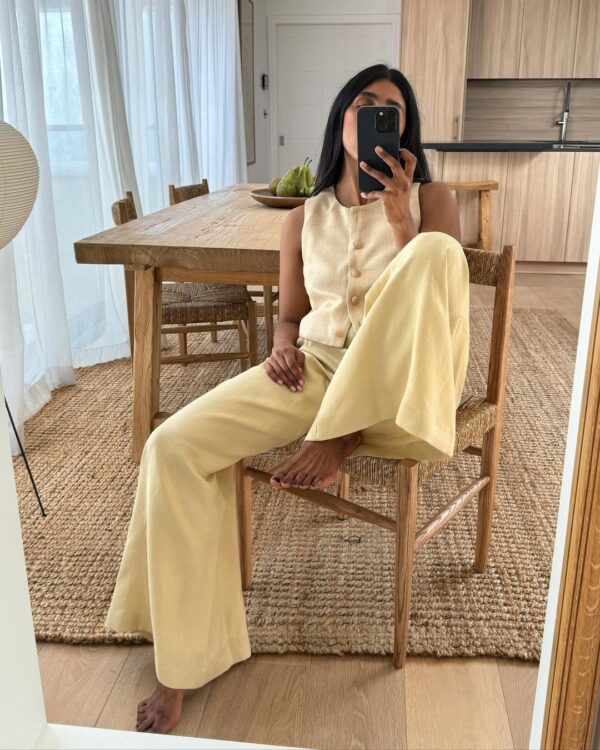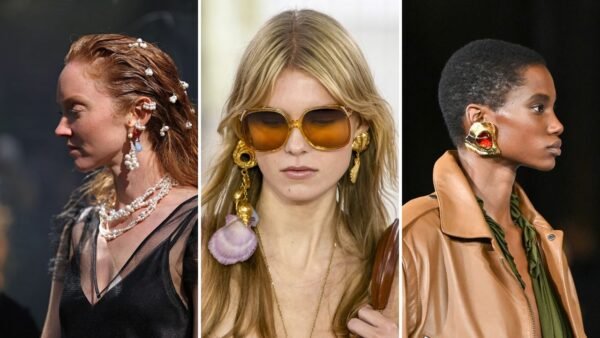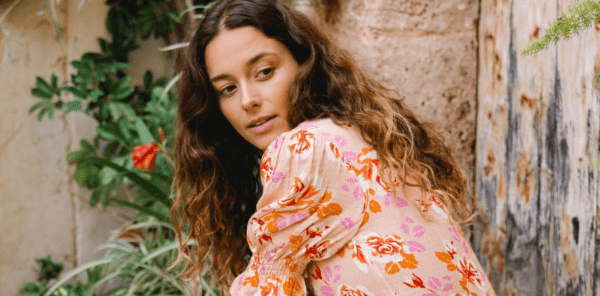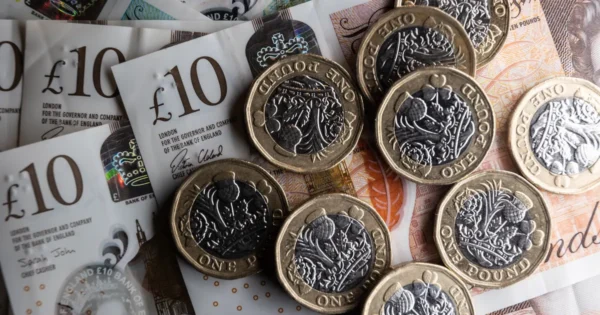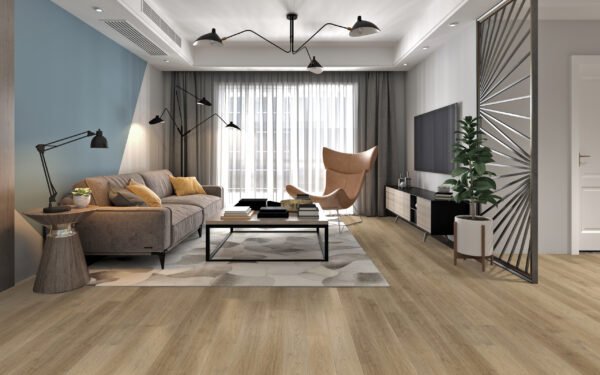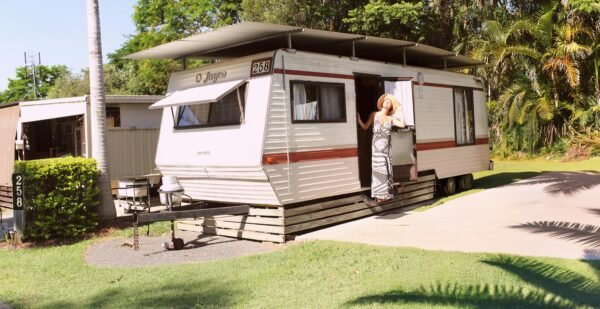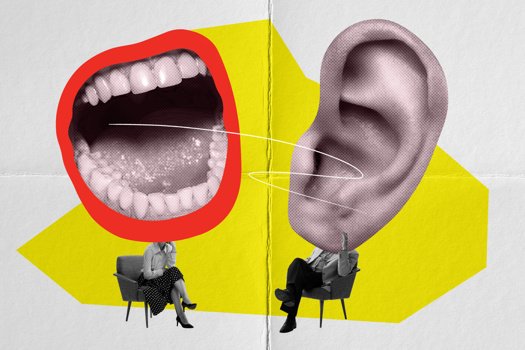
Your Social Media Images Will Stand Out More if you Master the Basics

Lighting, composition, and background are the basics you need to master if you want to get the most from the images you include in your social media posts.
Here’s what you need to know:
LIGHTING
Do not use your flash.
Nine times out of ten you won’t need it and it’ll only add glare and shadow that will make your photo look tacky. The only time you’ll need to pop the flash on is when you have a bright background and the foreground is silhouetted.
Rather than using a flash, find a selection of lights that you can place strategically around the product to create interesting highlights and shadows. Consider the colour of the lights as well. Not all ‘white’ lights are the same shade of white ─ some will be warmer and more yellow while others may be colder and bluer.
Mixing colours can work but it needs to be done with care otherwise it will look messy. If you are working on developing your photography skills, it is best to start off with the same colour of white lights and go from there. If you want to add some colour later, you can always apply filters using photo editing software.
COMPOSITION
Working to the rule of thirds is always advisable. Try to think of the space as broken into thirds vertically and horizontally, lining up the objects along these lines.
For just one object, try to get it in the centre square.
For two objects, line them up in the middle of the horizontal section and along the vertical third lines.
Not only does using the rule of thirds help keep the negative space to the edges balanced (you don’t want lots of space on one side and little on the other) but it also guides the eye to the most important features of the photo. This is particularly important when you have a noisier background or you are using multiple props. You don’t want people focusing on the table rather than the product sitting on top of it!
For good composition, only include necessary items in the shot. Lots of clutter is distracting and unprofessional. Even if you want to show the product in-situ, it is important to clear away anything that does not need to be there.
You could remove everything except for the product. This will focus the eye on the product and can be useful for both technical and luxury items. If, however, you want to take an action shot ─ perhaps a luxury spirit being enjoyed at a bar ─ you could clear the table of any unused glasses or other distractions and use depth of field to ensure the background noise is blurred out.
It can also be a good idea to consider these shots in black and white, helping to minimise the distraction of lots of colours cluttering the image visually.
While clutter looks messy, a few well-positioned props can add context and make the image more interesting. Props also suggest things about the product. A packet of vitamins on its own could be quite boring. A packet of vitamins next to an orange, however, implies health and vitality.
Similarly, for things like drinks where there may be several key ingredients, showing those ingredients lying next to a cup and the product gives the impression that the flavour has been freshly distilled.
Props can be as simple as an orange or more involved, like a costume and other physical props for people in the photos. A holiday is hard to capture, but some sun cream and a pair of shades is enough to get people thinking of warm sandy beaches.
BACKGROUND
Every photo has a background (unless you are doing a super close-up) so make the background work to your advantage. You could opt for a simple white or coloured sheet to bring focus to the foreground, but just make sure that any creases or folds are either obscured or work to your advantage.
You could pin the top of the sheet in the middle to give a draped look, like theatre curtains, or try rumpling the sheet around the product to make it look luxurious.
Alternatively, you could get really creative with your backgrounds, perhaps creating a diorama that captures the season. But make sure that the background is appropriate for the product and other props: don’t put your multivitamins and orange on a winter themed background as it will look out of place.
If you find that, despite your best efforts, the background is too noisy, then playing around with depth of field can really help. While this is best done using your camera to ensure the sharpest details, it can also work in editing to blur the background and ensure that your products are always sharply in focus.
ABOUT THE AUTHOR:
Emeka Ikechi is Director of Vanity Studios, a contemporary studio for photoshoots in the centre of Shoreditch in London. Since 2009 Vanity Studios has been providing clients with high quality professional photos and an excellent photoshoot experience. The team of photographers and make-up artists ensure each client receives bespoke photography that meets their requirements.
Web: https://vanitystudios.co.uk/







